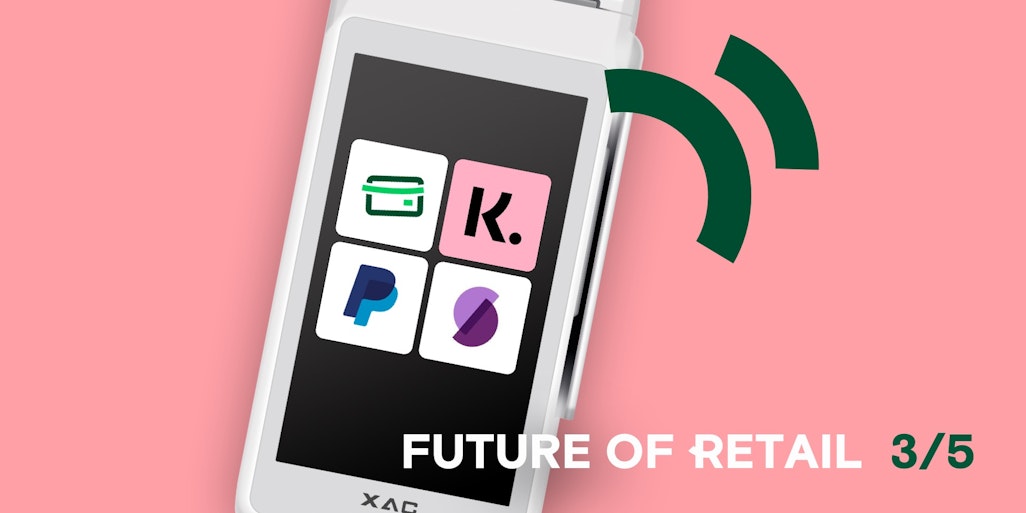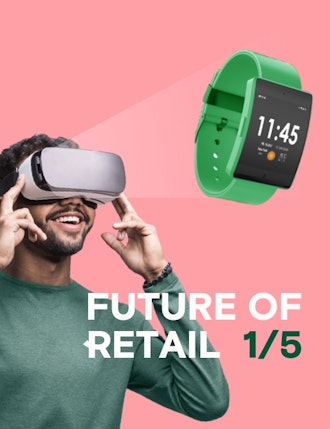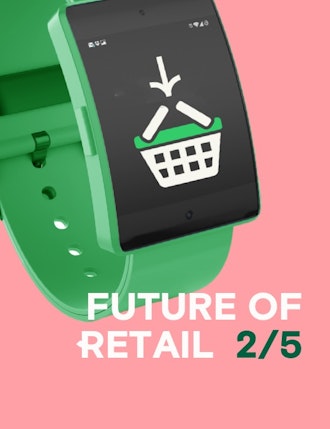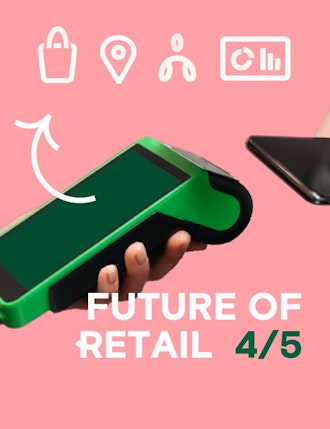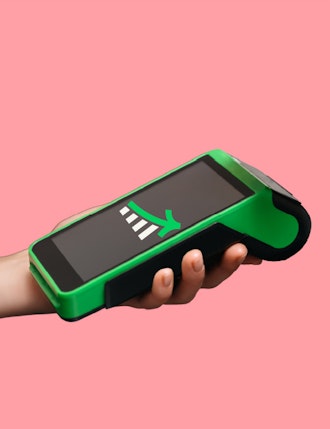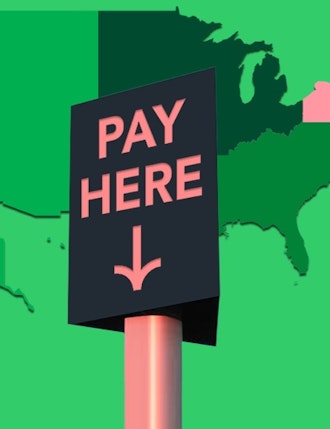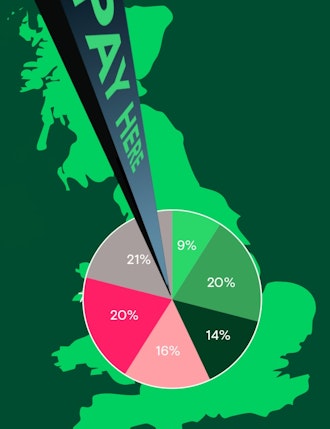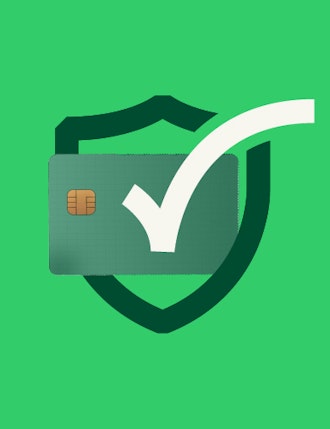While the surge in e-commerce during the pandemic fueled unprecedented growth in digital payments, even before then, paying for goods and services was already shifting towards digital payments. Over the past decade, new payment methods have been introduced, ranging from contactless to mobile. But while many consumers may have turned to e-commerce out of necessity, they don’t seem to be in a rush to turn back, with research showing that e-commerce payment transactions will grow at 55% over the next five years. Fueling this growth will be a surge in innovative payment systems designed to meet evolving needs. So, what will in-person payment systems look like in the next 5 to 10 years?
This post continues our series exploring the different aspects of in-person retail and the changes we can expect over the next five to 10 years. In the series, we cover the impact of technology within the next decade, the growth of omnichannel retail, increased use of data and changes in store design.
The rise of payment systems
Over the last few years, payment methods in in-person retail have evolved significantly. From cash to debit cards to digital wallets, shoppers now have various payment options. This shift has been driven largely by digitalisation as the consumer’s demand for faster, more secure, and more convenient payment solutions grows. As payment systems become increasingly intertwined with technology, the landscape of in-person retail payments will likely continue changing as payment options become more diverse and integrated with other systems, such as inventory management and customer relationship management.
In the next 5 to 10 years, in-person payment systems will continue to evolve, with more merchants offering omnichannel payment solutions that are increasingly sophisticated, streamlined, and personalised. We can expect to see an increase in the use of digital wallets, contactless payments, and mobile payments, as well as the emergence of new technologies such as blockchain and virtual reality payments.
There’ll also be an increase in consumer-facing applications allowing customers to customise their payment methods, including custom discounts, loyalty programs, and gifting options. We can also anticipate that payment processors will create smoother payment experiences, leveraging technologies like biometric authentication and facial recognition to make payments fast, secure, and hassle-free, ultimately creating a more enjoyable in-person retail experience.
Customer convenience
The availability of payment methods and their integration with in-person retail systems increases customer convenience and creates a more efficient shopping experience. For example, customers can now use their smartphones to pay for items and even use loyalty points to receive discounts on their purchases. As a result, it’s easier for customers to make payments quickly and efficiently in-store. Customers now have more control over the payment process choosing which payment methods to use and when to pay.
Within 5 to 10 years, merchants must ensure customers have the desired payment option available to them, such as PayPal, tapping a phone or watch, or even buy now, pay later, or online payments. To provide this convenience, merchant acquirers must introduce an orchestration platform that offers customers a choice of payment methods and enables retailers, merchants, and payment services to combine their existing payment systems to give them access to all the features and payment methods in a single checkout experience.
In addition, the payment platform should provide visibility into the payment process, enabling merchants to monitor performance, identify potential issues, and take corrective action quickly. This helps merchants deliver a smooth customer experience, gain customer trust, and ensure that customers have the payment experience they expect.
Seamless checkout experiences
It’s no secret that Amazon has set the standard for in-person retail experience. To better compete with Amazon’s fast, seamless checkout experiences, retailers and merchants need to offer slick, convenient payment methods. But it’s not just about the payment method. Merchants can also benefit from a payment orchestration platform that helps connect multiple payment systems and services into a single, integrated platform. This platform offers merchants more control over the payment process and ensures a seamless experience for customers.
By utilising the right payment method, payment systems, merchant acquirer, and payment orchestration platform, retailers and merchants can provide an Amazon-like checkout experience that will keep customers wanting to use in-person retail.
Challenges and pain points
The rise of digital payments has transformed traditional in-person retail payment processes. But this transformation brings new challenges and pain points for merchants and acquirers. Chief among these is the need to manage and orchestrate multiple payment methods. Merchants must also be able to manage the payments process, from the point of sale to reconciliation and settlement. This task is especially difficult when dealing with multiple payment methods with different rules and regulations.
A payment orchestration platform can address these challenges and allow merchants and acquirers to manage their various payment systems from a single interface, simplifying their operations and reducing costs. By leveraging payment orchestration technology, merchants can expand their payment acceptance capabilities while improving customer experience with a seamless checkout process, regardless of the payment method.
For businesses looking to stay ahead of the curve and provide customers with the best payment experience, the rise in payment systems for in-person retail is an important trend to keep an eye on. By offering more payment options and integrating them with other systems, businesses can ensure customer satisfaction and loyalty while gaining valuable insights into customer spending.
Follow our future of in-person retail blog series with our next post focusing on the increased use of data.
Interested in reading more around this subject? Here are some useful articles…
